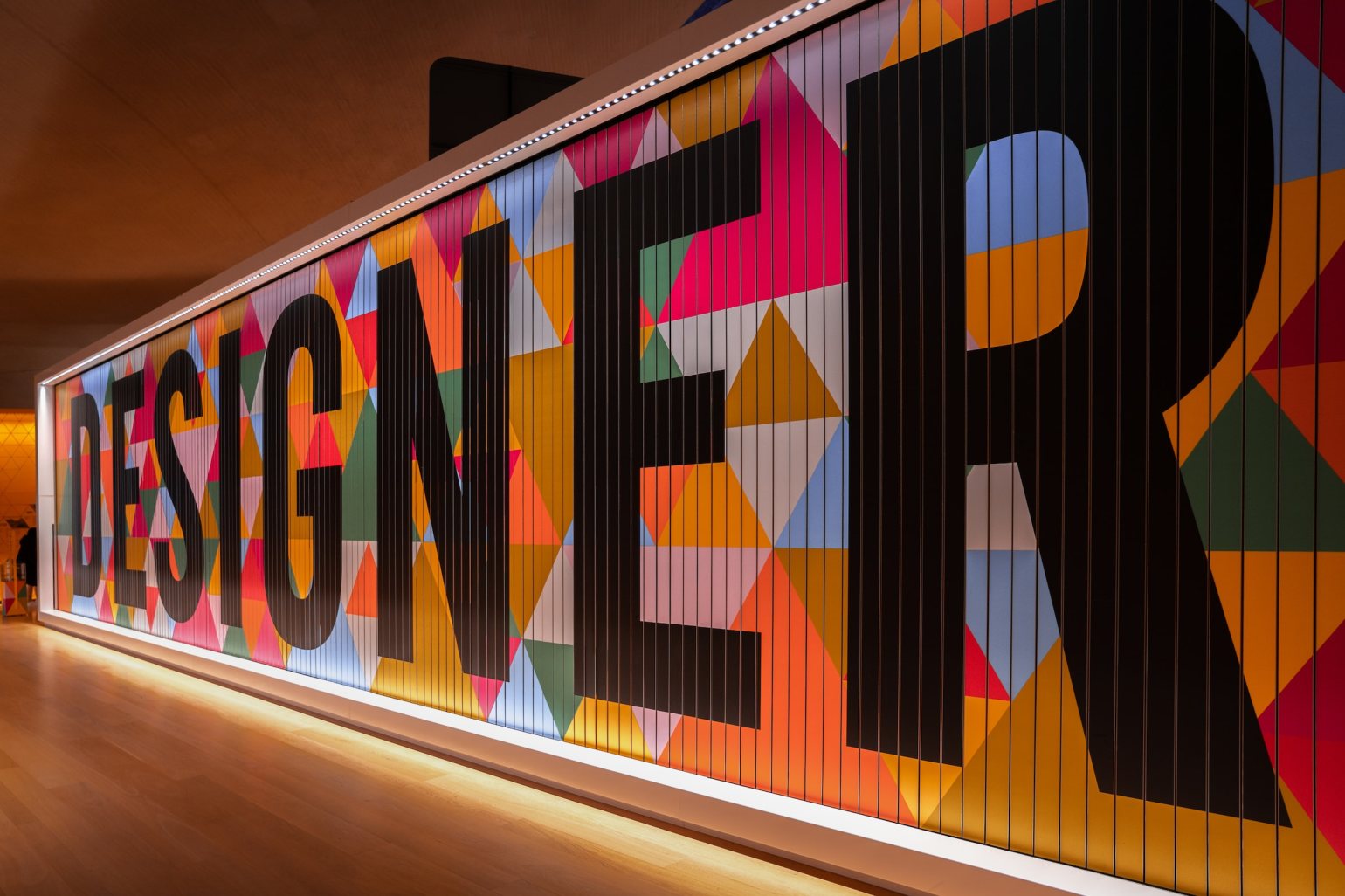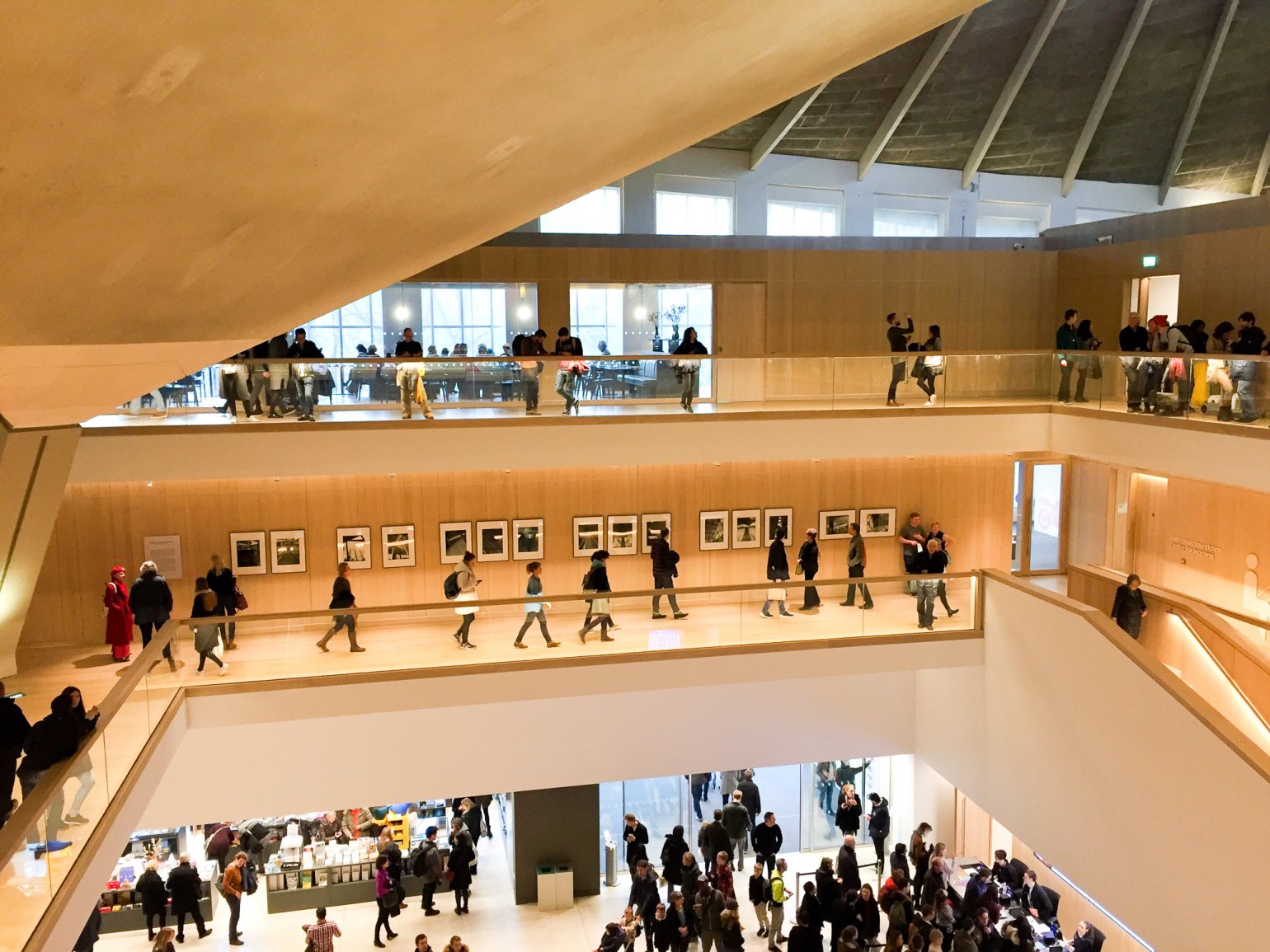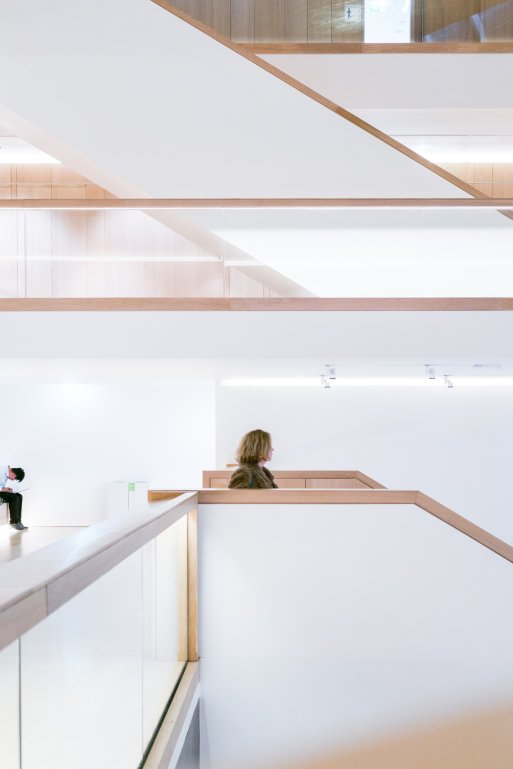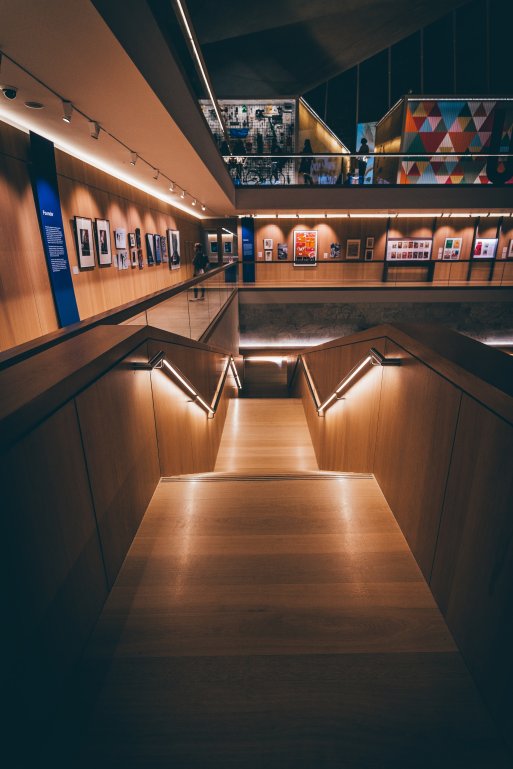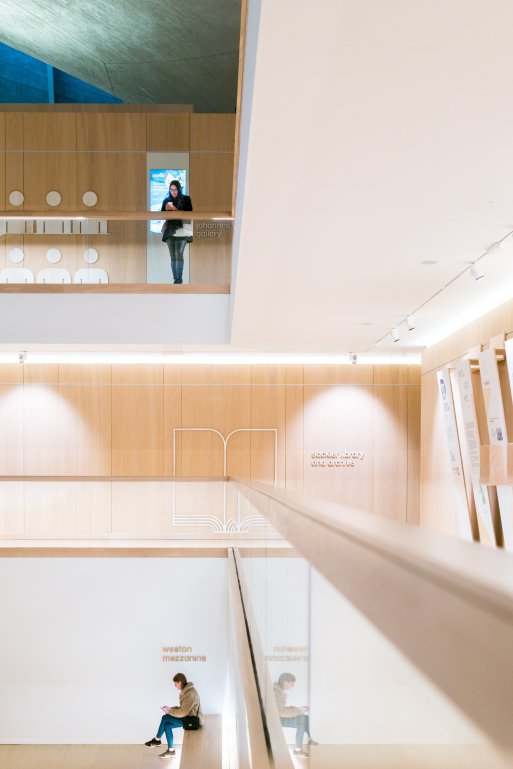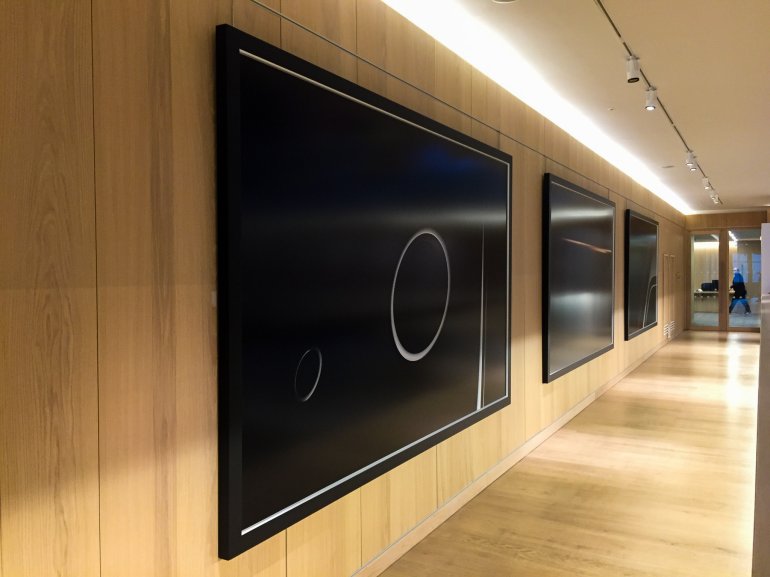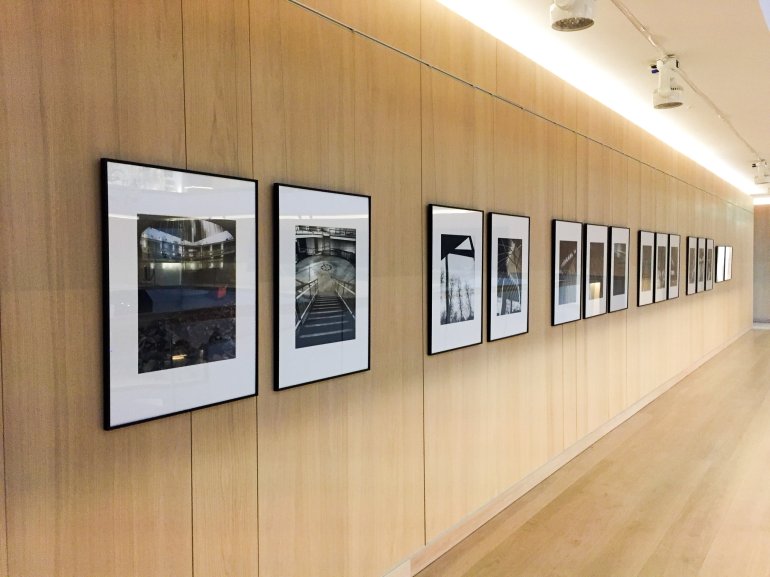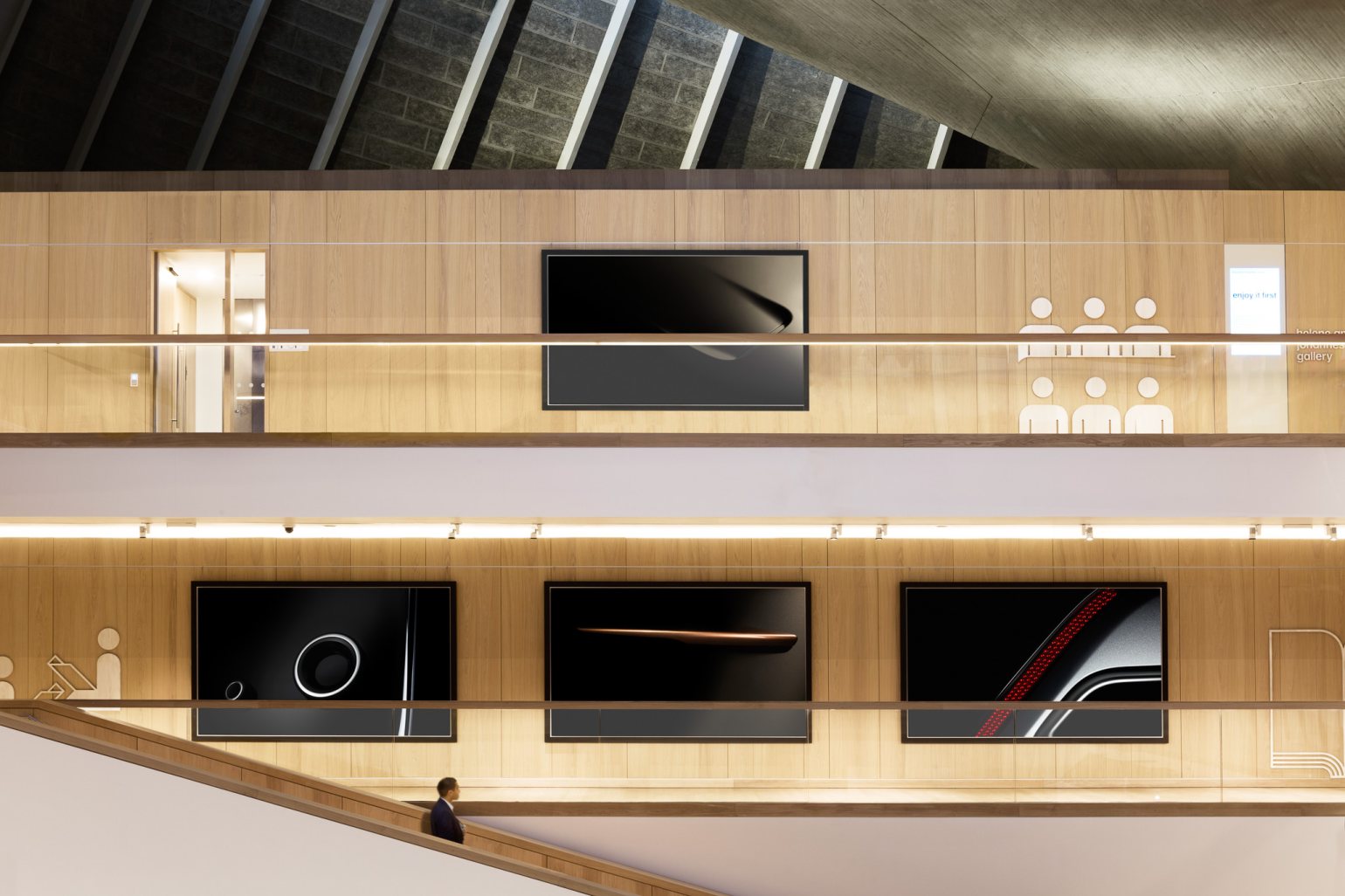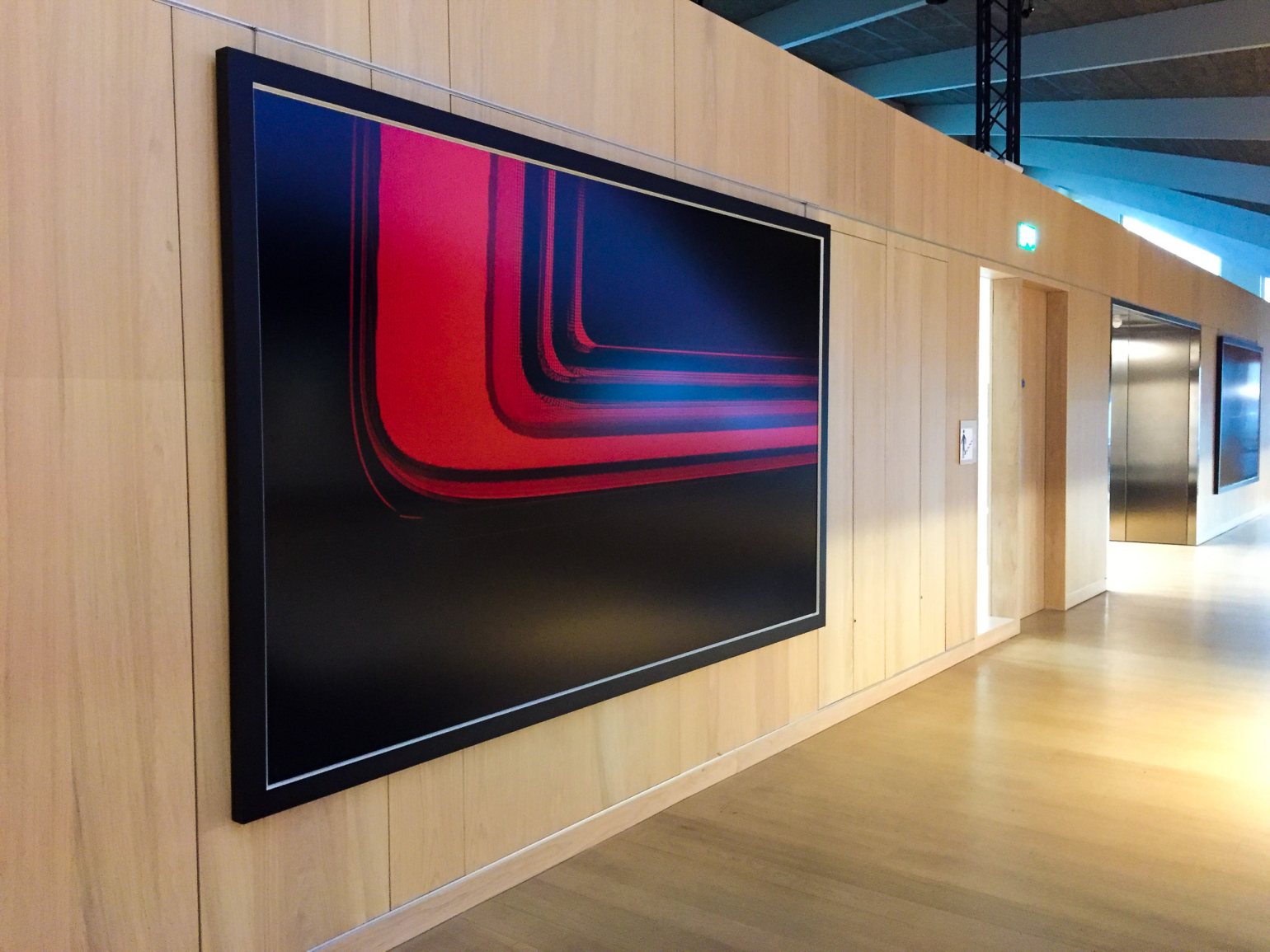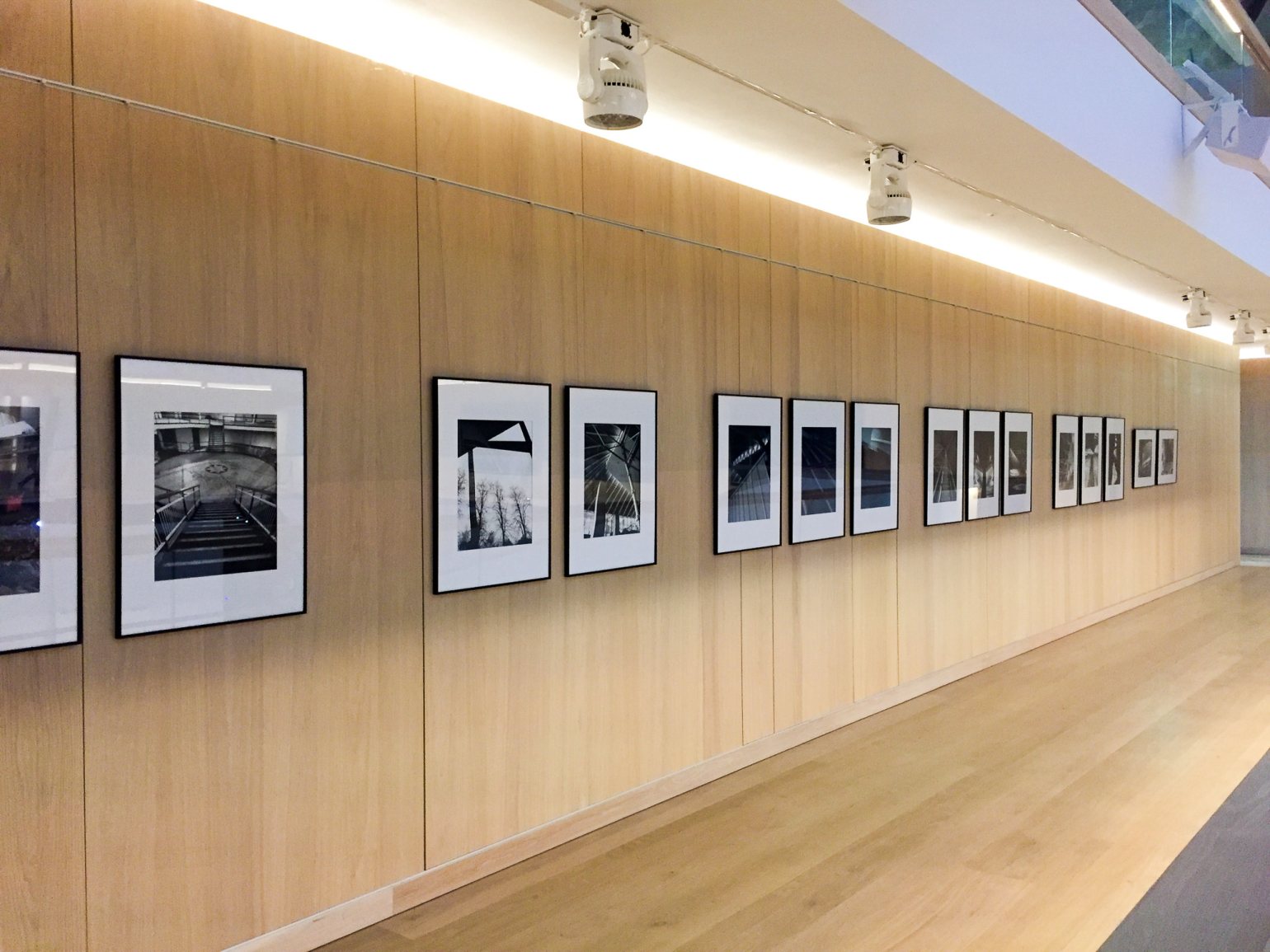Spotlight: The Design Museum, London
![The Design Museum in London, UK. The Design Museum in London, UK.]()
Summary
The Design Museum is the embodiment of considered design. Every decision is thoughtful and deliberate, with meticulous attention to detail so that the result proves to be a masterclass in clean, modern architecture and design.
The application of the Absolute Flush Mount Track and its seamless integration into the atrium panelling is ideal.
A Modern Beginning
London’s current Design Museum started its conceptual life in the early 1960s as the Commonwealth Institute, with a manifesto geared toward evolving into a Modern Common Wealth through education and informative displays, all wrapped up in a Modern (with a capital “M”), uplifting and controversial building.
![The atrium at The Design Museum, London, UK. The atrium at The Design Museum, London, UK.]()
![Stairwell in the atrium at The Design Museum, London, UK. Stairwell in the atrium at The Design Museum, London, UK.]()
![Lit stairwell in the atrium at The Design Museum, London, UK. Lit stairwell in the atrium at The Design Museum, London, UK.]()
![Different floor levels in shot at the atrium in The Design Museum, London, UK. Different floor levels in shot at the atrium in The Design Museum, London, UK.]()
Inviting the dreamer, to dream
This original 1960s ideal and building is somehow better now in the future, and though not a dwelling, this is a place we would like to dwell. It is a place that reminds us of Gaston Bachelard’s “The Poetics of Space,” some parts sculptural, some parts clean-lined, some parts philosophical - all conspire to create a contemplative space that invites “…the dreamer, to dream…” and to share their creations with others.
![Large artworks hanging from a wall using Absolute artwork hanging solutions in the atrium of The Design Museum, London. Large artworks hanging from a wall using Absolute artwork hanging solutions in the atrium of The Design Museum, London.]()
![Artworks hanging from a wall track using Absolute artwork hanging systems in the atrium of The Design Museum, London. Artworks hanging from a wall track using Absolute artwork hanging systems in the atrium of The Design Museum, London.]()
![Wide shot of the atrium in The Design Museum, London, showing artwork hanging from walls on different floor levels. The artworks are mounted with Absolute track hanging systems. Wide shot of the atrium in The Design Museum, London, showing artwork hanging from walls on different floor levels. The artworks are mounted with Absolute track hanging systems.]()
Holding the Vision
As product designers, it is an honour to be included in a facility that underwent such self-scrutiny, definition and distillation. This Design Museum did everything right: that included the management of the collective of design systems so that the original vision is intact and can be felt through all the elements.
It’s a sensitive line to walk, drawing the old into the new and presenting relevancy that resonates. These thoughts hit closer to home more than usual as the concepts, the scrutiny and the distillation are where we live as we design our products – we are designers. Establishing the essence of what is most important is the holy grail by which a design narrative is built. Measuring all future decisions against that essence determines the best success.
In a loud world, remembering what is most important, well, you get where this is going… Let’s just say, don’t dilute the vision.
![Large artwork hanging from a wall using Absolute track hanging systems for discreet & secure artwork hanging. The Design Museum, London. Large artwork hanging from a wall using Absolute track hanging systems for discreet & secure artwork hanging. The Design Museum, London.]()
Clean, Considered Details
The new build for the Design Museum honours good, clean, honest design and required products that do the same.
Every detail counts when working with modern design, because every detail can be seen. The products used should neatly and discreetly support the details and overall concept whilst also performing it's job to a high specification.
In this instance, the flush track system was detailed into the wall cladding seam that carries around the space, becoming an intentional and integral design element in the overall cladding design.
![Multiple artworks hanging from a wall using Absolute track hanging solutions for discreet and secure artwork hanging. The Design Museum, London. Multiple artworks hanging from a wall using Absolute track hanging solutions for discreet and secure artwork hanging. The Design Museum, London.]()
The performance behind the beauty
In addition to blending in with the environment, the art hanging track system selected for the Design Museum needed to be flexible for the changing exhibitions whilst being capable of carrying above-average bespoke loads (all without being seen!).
The chosen track system (Absolute Flush Mount Track), was securely fixed to the sub-structure and then clad with the finished wood panels. The track was selected in the standard anodised silver finish which, complimented the light coloured wood cladding.
The bespoke weight loading also required Absolute's extended top blocks and occasionally bespoke art hanging connections. For one of the Museum’s initial exhibitions, a featured Land Rover event, Absolute assisted with the installation of heavy and expensive artworks (shown in the images above).
Expert Advice – Hanging Artworks
-
Design with the end in mind, and mind the details. In this case, the wooden walls were always going to perform double duty: standing alone, providing human scale and warmth as they wrap the space, and as a clean and neutral background on which to showcase other designs.
-
Track for art and exhibits frequently is left to the end of a project only to become an unintentional sore thumb on beautifully crafted design. Do the research and consider the track as part of the integral design detail. The Design Museum did this to significant effect; this is precisely how Flush Mount Track should be used.
-
Think about the finished space where the track will live and the materials with which it will be in direct contact. Whilst the standard finish suited the Design Museum and complimented the panelled wood walls, Absolute can powder coat track, and hanging lengths to a bespoke RAL colour to achieve a desired cohesive finish.
-
Consider the types, sizes and weights of art works likely to be suspended from the track as well as the structure that the track will be fitted to, and seek professional advice about suitability and weight loading of different art hanging track types, hanging lengths and artwork connections.
Absolute are happy to offer specialist advice to ensure you get a track that can meet your specific demands. All spaces and exhibits are different, and art hanging systems should be carefully considered early in the project for the best end result.
Related Links
The Design Museum held to its vision and because we want to do justice to the history and new build, we recommend reading the following articles:
To learn more about the original building design and use as the Commonwealth Institute, have a look at Twentieth Century Society’s well-constructed article, “Lost Modern, Commonwealth Institute, London.”
To learn more about how this Design Museum came together and it’s masterclass of participants, have a look at Rebecca Fulleylove’s comprehensive and articulate article, “How to design a museum: the making of London’s new Design Museum.”
The Design Museum: https://designmuseum.org/
Project Profile: The Design Museum, London
Discover more information about the products used at The Design Museum
VIEW PROJECT PROFILEREQUIRE PROJECT SPECIFIC ADVICE?
Get in touch with our expert team today to discuss your requirements and how our product solutions can help.
-
-
Posted by Jade Turner
23rd November 2022

